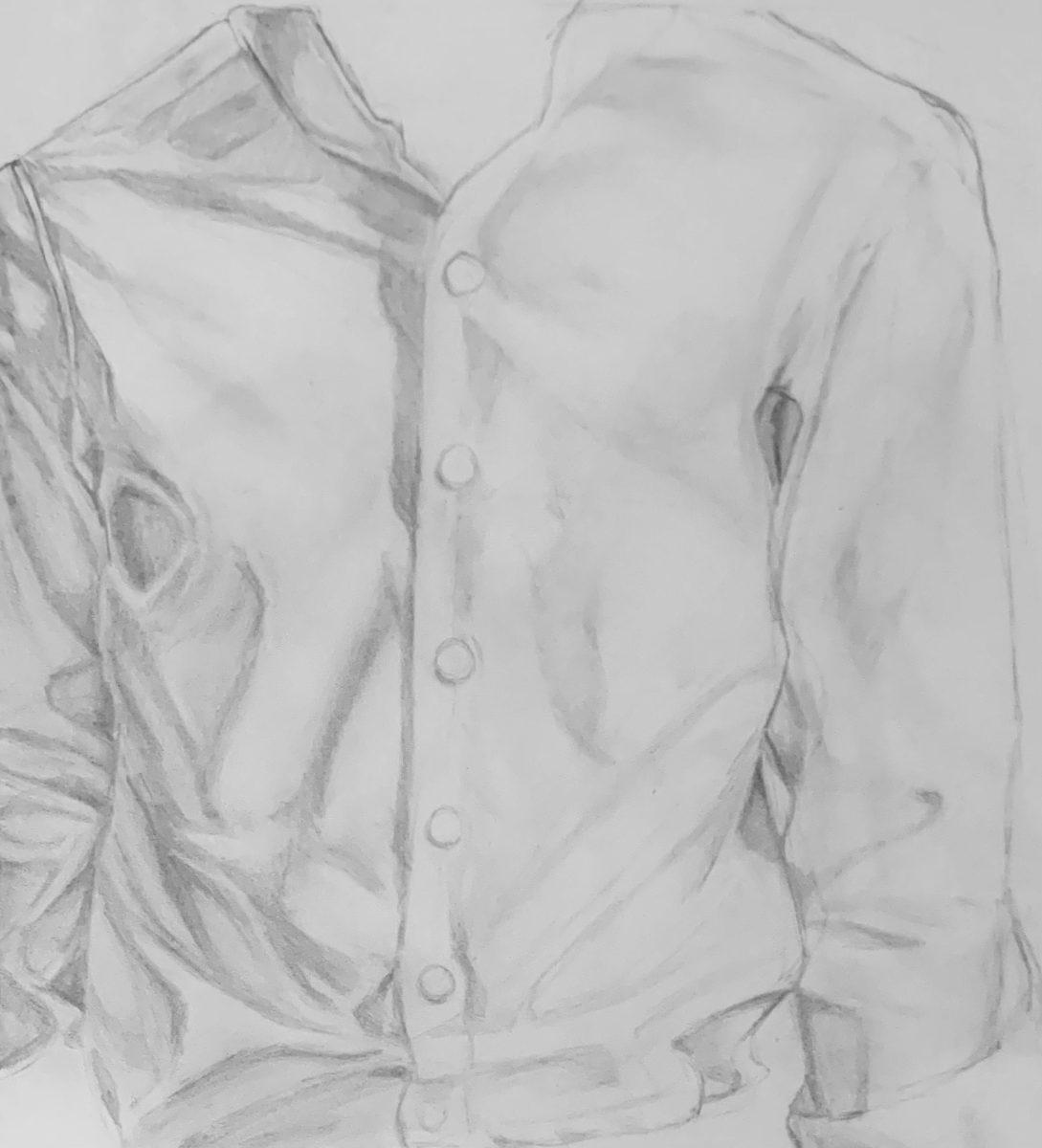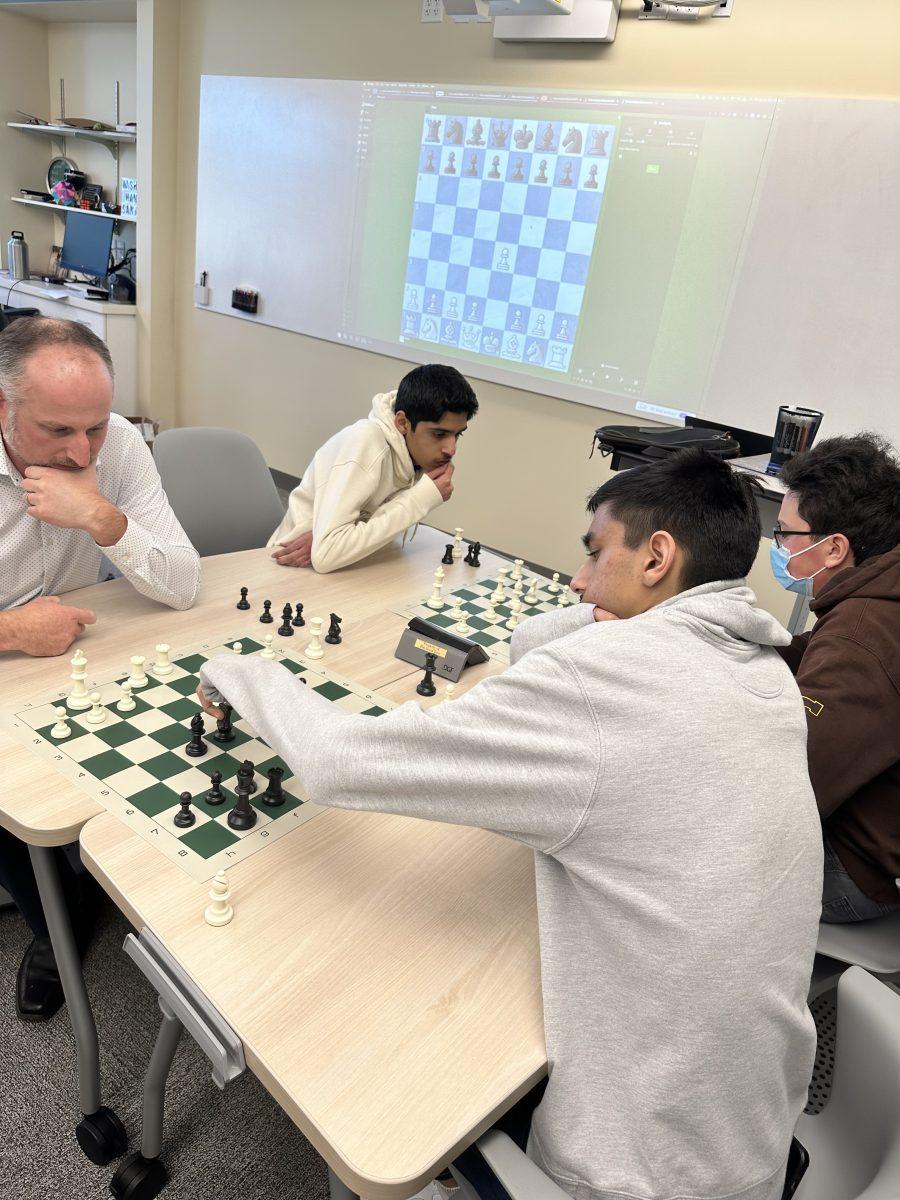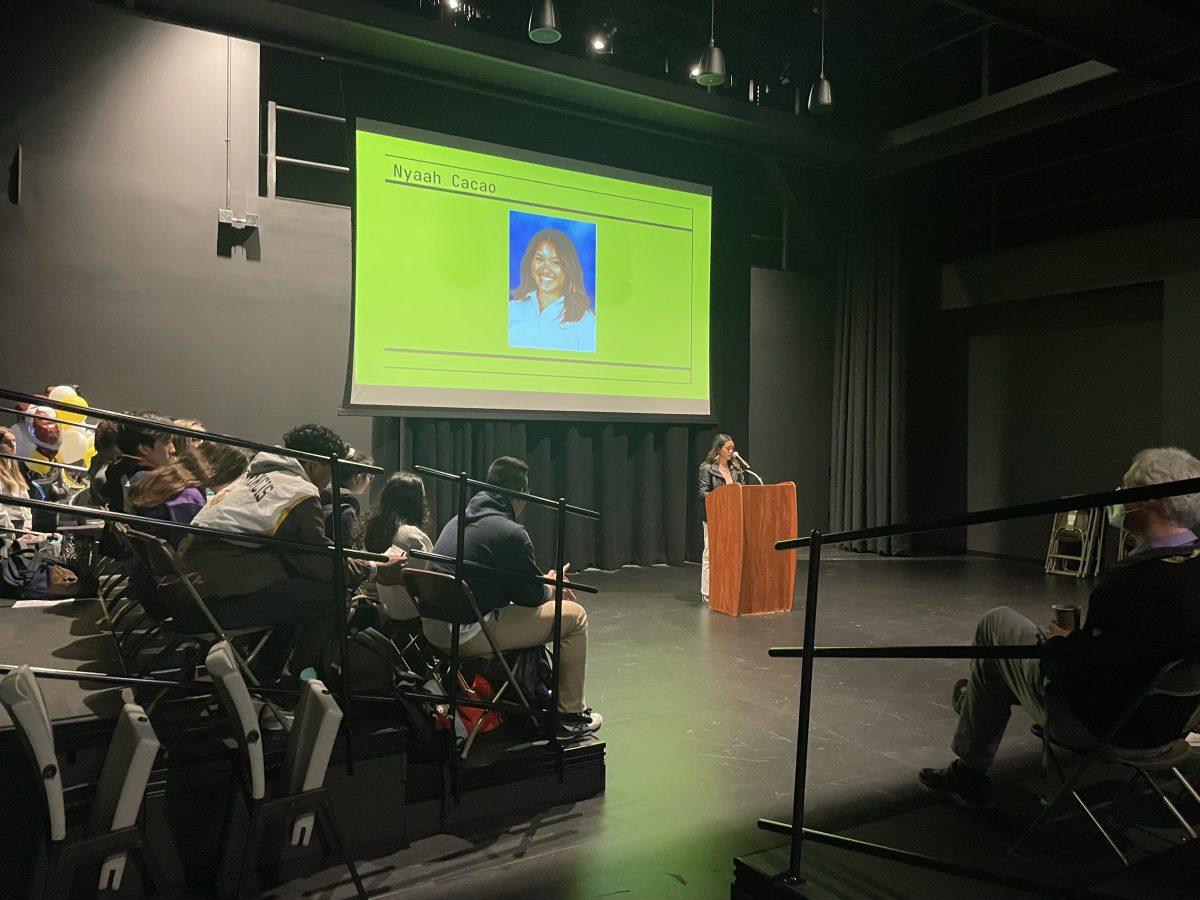From collared shirts and khaki shorts to Liturgy Dress days and Lancer Gear Fridays, our dress code unifies us and includes safety measures but is also a source of contention for some. In light of the recent changes to the dress code this year, The Lancer caught up with Ms. Kathryn Miller, Assistant Dean of Students, to examine its history, significance, and future. This interview has been lightly edited for length and clarity.
The Lancer: When was the current dress code implemented? What was the dress code like before this?
Ms. Kathryn Miller: The current dress code has been in place since the beginning of the 2020-2021 school year. The previous year was devoted to gathering information from students, faculty, and parents to design a more equitable dress code. The previous dress code was stricter—no blue jeans, no yoga pants—ever.
TL: How do you think the pandemic has changed attitudes about the dress code?
KM: When we came back to campus in February 2021, the dress code was not our top priority. We had social distancing requirements, and Mr. Hisatake and I spent most of our waking moments keeping teenagers at least six feet apart. The majority of “dress code” referrals were about wearing masks.
TL: How do you ensure that any revisions to the dress code are understood by all students?
KM: We articulate in the Student-Parent Handbook what the student wardrobe includes. This document is posted on the portal and available for reference at any time. We also spend time in freshman PE and religion classes to review the handbook and help our newest family members understand the rules and traditions of Saint Francis. Students are welcome to ask questions any time!
TL: The term “uncompromised” appears throughout the handbook. What does this mean?
KM: “Uncompromised” is a concise phrase for clothing that is without rips, tears, cutouts, sheer “windows,” bleach stains, and other modifications.
TL: Why were Lancer Gear Fridays initiated?
KM: Lancer Gear Fridays were initiated to bring school spirit and cultivate a stronger sense of family at the end of each week. The visual awareness that we are all Lancers and we are connected is nice.
TL: What are the cons of wearing leggings to school? Why the exception on Fridays?
KM: It’s generally a life skill to adapt to a situation. What I wear to school and how I behave are different than what I wear to and how I behave at a wedding, a Giants game, or the beach. Although leggings have become fairly ubiquitous in our culture, they imply a very casual activity. In the same way that lots of companies have “casual Fridays,” we think it’s fun to relax a little on Fridays. Leggings go with Lancer gear.
TL: In addition to looking more formal, what are some benefits of having everybody wear collared shirts?
KM: The collared shirts unify the students in the same way any uniform component would, and Holy Cross students around the world sport the cross and anchor on their clothing as a symbol of their unification and inclusivity. But students are nudged to express their identities in word and deed, not just in a clothing label. There’s also a safety component to students wearing similar attire—campus outsiders are much more easily identified.
TL: Many students agree that our current dress code is preferable to wearing a uniform. What are your thoughts?
KM: I think there are lots of benefits to a uniform. It would make my job a lot easier.
TL: Do you see any changes happening to the dress code in the future?
KM: The only constant in this world is change, according to some Greek philosopher. I’m sure the future holds regular revisions to the dress code, but change is slow and requires multiple sources of input. The process includes lots of meetings and surveys and discussions with all of the stakeholders.












































































